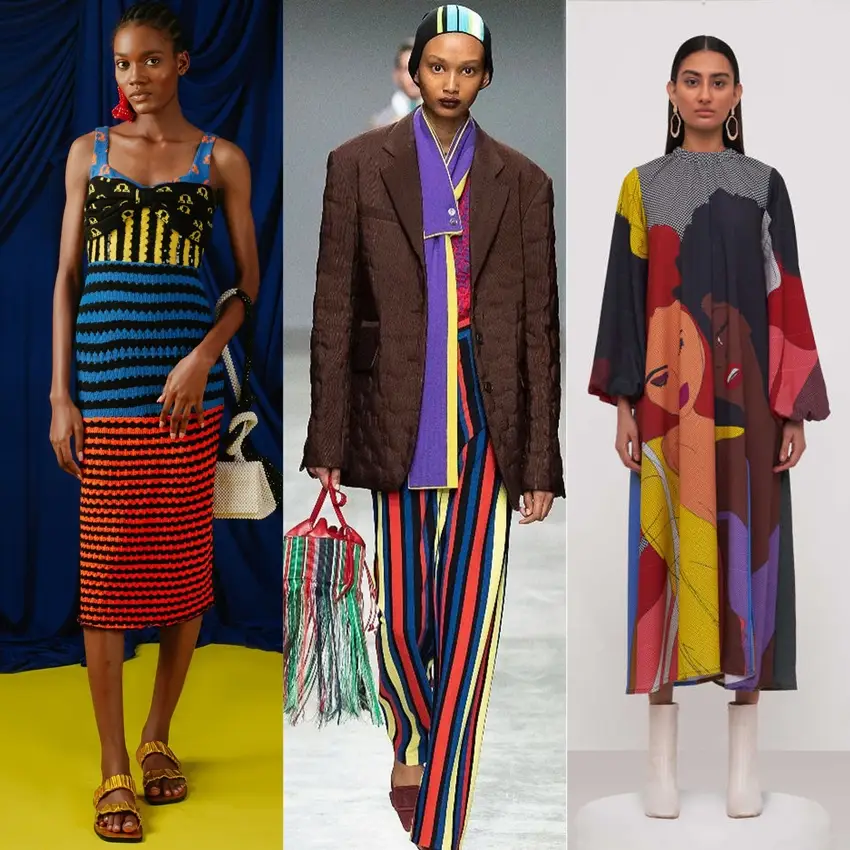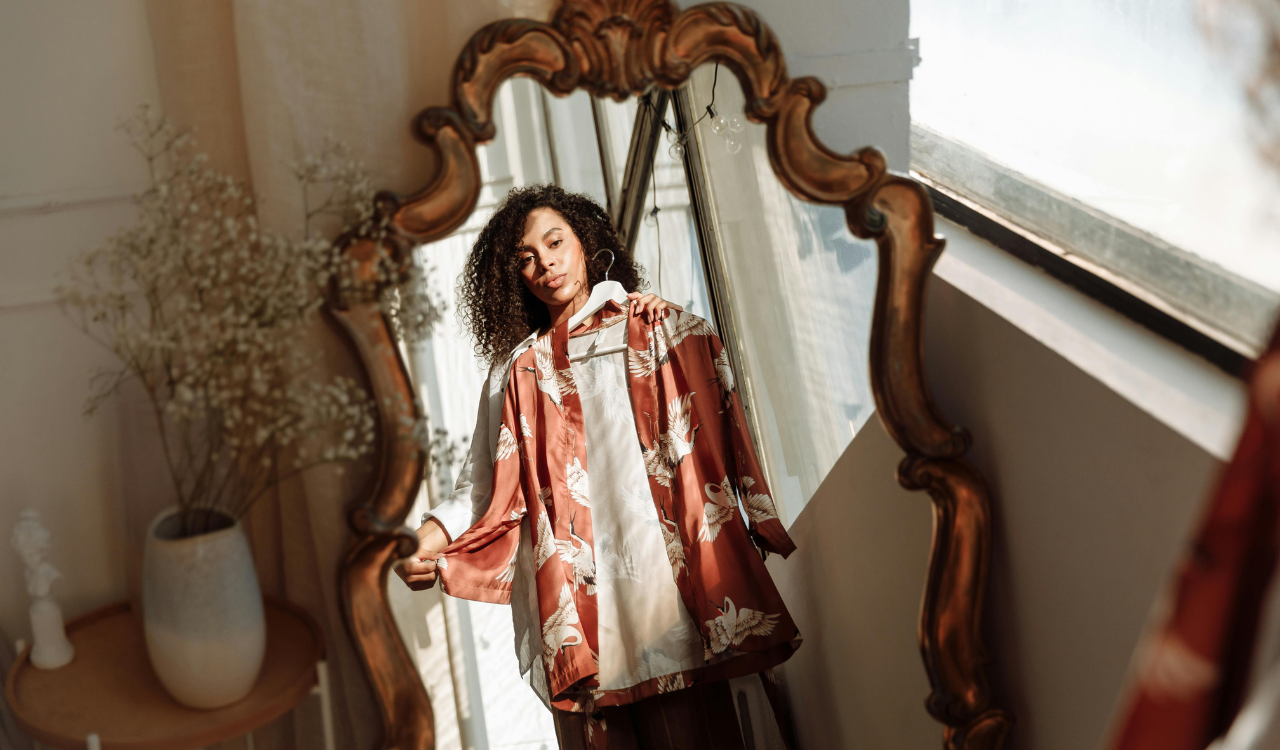For decades, the continent of Africa has been lurking in the shadows of the fashion industry. From textiles to intricately woven fabrics, mainstream designers across the globe have found inspiration deep within the rich African culture. However, the innovators on the continent have not received the much-needed support they deserve.
But what does that mean for retailers globally?
Big Shifts in the Motherland
Currently, Africa holds the largest group of millennials and GenZers. The United Nations reports that 70 percent of the sub-Saharan population is 30 years old or under. This group can be credited with ushering in a new wave of creative entrepreneurship that has accelerated growth in the fashion, media, and entertainment industries. This means retailers have a new obligation to win over the youth versus the older generations who are now the minority.
A smaller shift that is currently happening is how the world no longer views Africa as a whole. Historically, the diversity in African fashion was misinterpreted as being all the same. We failed to make the necessary distinctions that exist within their cultures.
Thanks to the ecommerce economy and Africa’s intentionality with the media, fashion in Africa has gained enough momentum to flourish on its own.
The free-spirited afropunk style of South Africa is vastly different from the refined dandy style in the Congo. Patterns and textiles are deeply symbolic and influenced by tribal traditions that predate the notion of fashion.
In the spirit of development, retailers should invest in researching and correctly crediting these various cultures to support emerging talent and assist each country in their efforts to expand while giving them recognition in current fashion and style conversations.
Africa Is Redefining High Fashion
What makes African fashion a new focal point is high-quality craftsmanship. Raw materials, such as cotton and raffia palms are dyed to give birth to vibrant hues that command attention. These materials are then masterfully blended into traditional textiles like Kente cloth, wax prints, mudcloth, and asa-oke fabrics. From there, the textiles are transformed into modern African styles that aren’t just trendy, they also serve as a protective vessel to symbolize the ancient stories of African culture. These stories include documentation of African history, popular fables, cultural values, and important historical locations for the many tribes of Africa. By today’s standards, African fashion would be classified as “haute couture” because each part of the production process is usually done by hand.
The demand for luxury African fashion is increasing due to the emergence of the Ghanaian, Nigerian, and South African middle classes. There’s new money flowing through these countries and disposable income is becoming increasingly more common amongst African households who now have a growing appetite for luxury items.
South Africa has the largest luxury market in Africa with a valuation of $133 billion and it’s growing. To support increasing demand, African entrepreneurs and businesses are looking within their own borders to become the sole source for these highly sought-after goods.
Collaborative Market Opportunities
From oil to precious gems, the African continent has a proven track record of providing reliable and profitable opportunities. Unfortunately, these same opportunities are routinely exploited and abused leaving natives with far less than what they’ve provided to commercial markets.
B2B manufacturing is expected to reach $663 billion by 2030, yet Africa only accounts for approximately 1.9 percent of the global market. This slow growth is attributed to the exporting of raw materials that are subjected to volatile pricing. The manufacturing of apparel, footwear, and textiles are proving to be a long-term solution to this problem that has plagued the continent for centuries.
A unique opportunity exists for fashion retailers to collaborate with manufacturing companies in countries like Nigeria, Angola, and Ethiopia where progress in industrialization is gaining traction.
In 2015, the African Development Bank launched the Fashionomics Initiative to help “strengthen the global value chain of Africa’s fashion industry.” Their ultimate goal is to drive their “High-5” agenda with profits from the fashion industry to create sustainable power; feed the population through organic farming; industrialize to increase GDP across the continent; integrate the nations of Africa by building a reliable supply chain; and improve the quality of life of all African people.
The Future of Africa’s Impact on Fashion
Revenue in the fashion market in Africa shows an annual growth rate of 16.35 percent and is expected to exceed $8.56 billion by the end of 2022. This growth has already materialized and can be seen in the boom of fashion capitals like Lagos, Johannesburg, Nairobi, and Bakar.
In the coming years, African fashion can be counted on to spotlight more talented designers like Lisa Folawiyo, Thebe Magugu, and Kenneth Ize by way of Lagos Fashion Week. Countries like Ghana have even provided resources to help African fashion designers and professionals succeed on a global scale. Additionally, the rise of music, film, and television in the area will continue to expand the once ignored African fashion industry far beyond the continent’s borders.
The ecommerce environment has been more welcoming of African designers because it allows for a seamless direct-to-consumer experience. In 2021, Karl Lagerfeld teamed up with Kenneth Ize to produce a collaboration via Farfetch and other designers like Folawiyo can be found in online luxury retail stores like Moda Operandi. Still, African designers have found more success using their respective online stores even though brick-and-mortar retailers, like Browns, are giving them more in-store exposure.
It is imperative for retailers to start carving space and providing more resources to support the growth of fashion in Africa. Fashion giants like H&M and Levi’s have already taken notice. They currently source garment production in Ethiopia and other retailers should consider doing the same.
Although these arrangements aren’t perfect, improvements solely rely on new retailers making a conscious effort to forge partnerships that are fair, respectful, and environmentally responsible.





